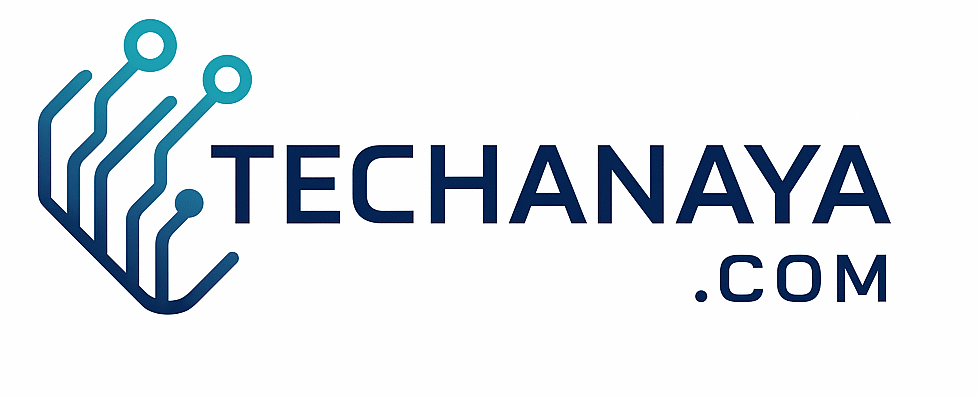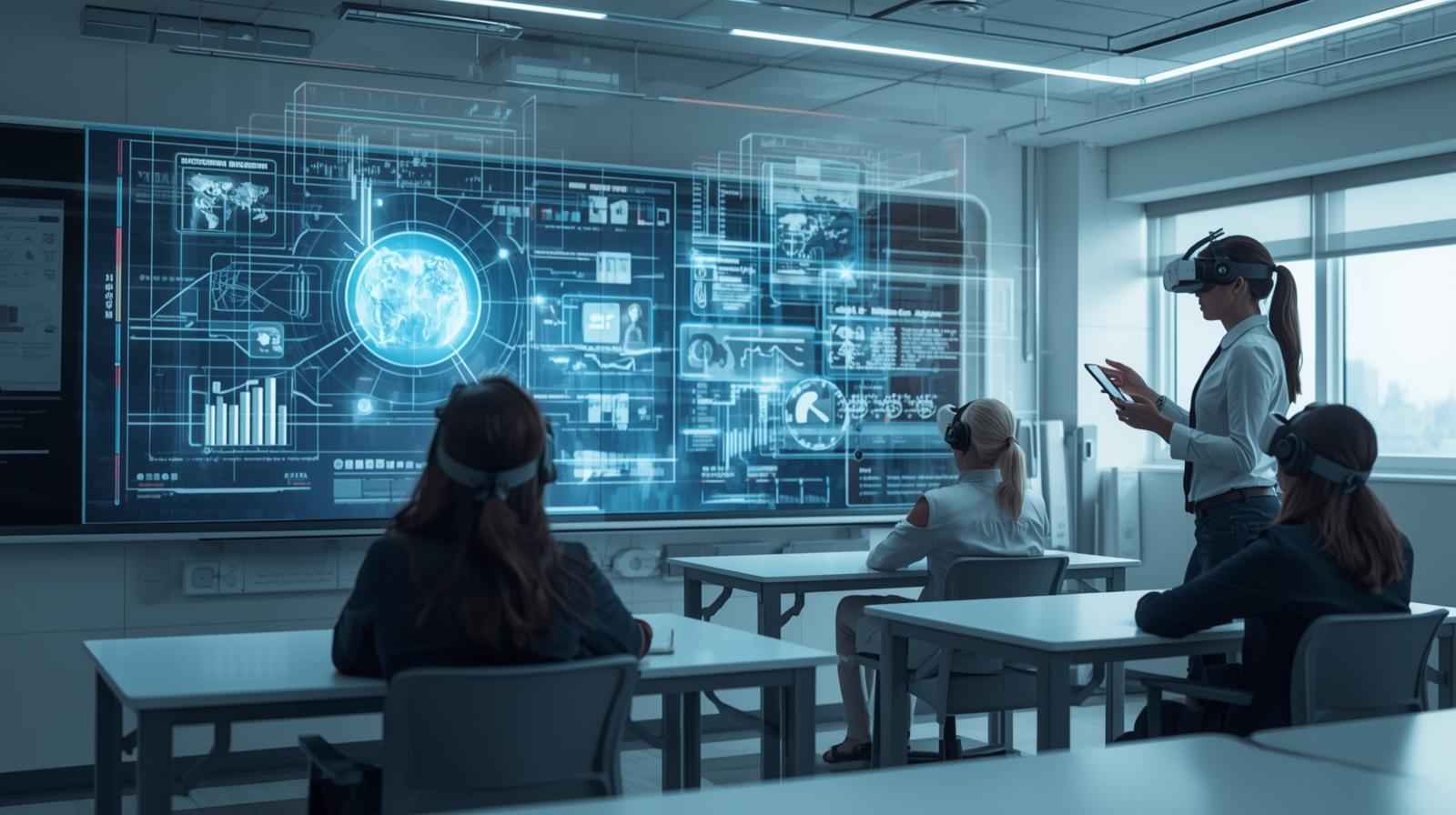Elite Technology for Classroom Innovation
Education has always been the foundation of progress, but in today’s world, the pace of change is faster than ever. Students no longer just sit in rows listening to a lecture. They expect interaction, digital integration, and tools that prepare them for real-world challenges. ‘Elite technology for classroom innovation‘ is not just a buzzword; it’s the bridge between traditional learning and the future of education.
I remember the first time I used a smartboard in class. It felt like stepping into another world. Suddenly, lessons weren’t limited to chalk and talk; they became visual, interactive, and alive. Students who were usually quiet found themselves more engaged, pointing out things on the screen, moving objects around, and asking questions that never surfaced before. That experience made me realise technology isn’t here to replace teachers; it’s here to amplify their impact.
In this article, we’re going to dig deep into how elite technology is reshaping classrooms. You’ll learn about the most powerful tools, why they matter, and how they can be practically used in schools of all levels. Expect clear explanations, relatable examples, and a roadmap for turning an ordinary classroom into a dynamic learning environment.
So, let’s move forward. If you’ve ever wondered how modern technology can transform student engagement, boost learning outcomes, and prepare young minds for the future, you’re in the right place.
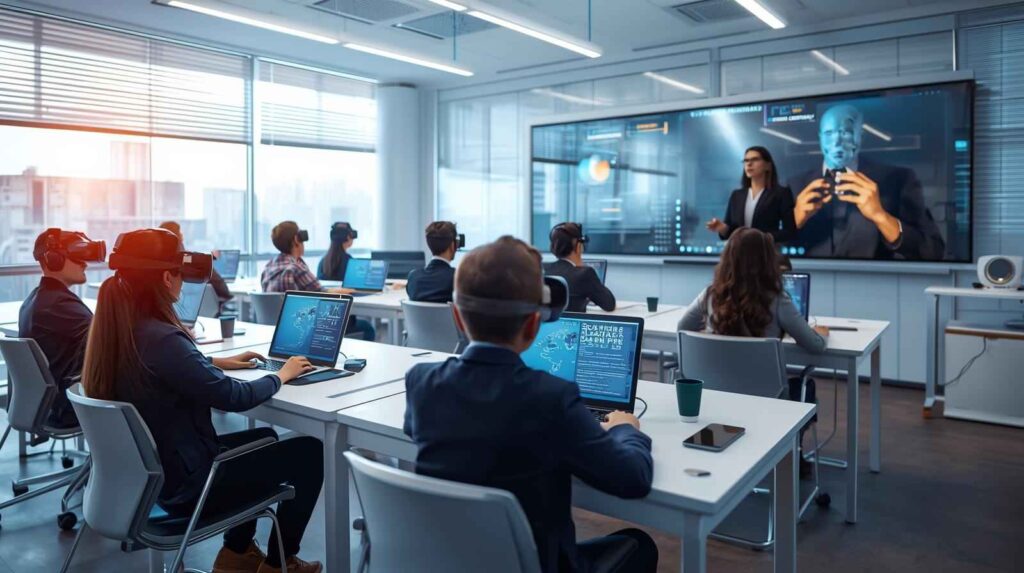
What is Elite Technology for Classroom Innovation?
‘Elite technology for classroom innovation’ refers to advanced digital tools, systems, and methods that enhance teaching and learning. Think beyond basic projectors or computers; this is about smartboards, AI-powered learning platforms, VR simulations, gamification apps, and advanced analytics. These tools are designed not just to deliver content but to create interactive, personalised, and meaningful learning experiences.
In simple terms, it’s the use of top-tier digital resources to make classrooms more engaging, efficient, and future-ready. Elite technology is not about showing off gadgets; it’s about empowering teachers and students to do more, faster, and better.
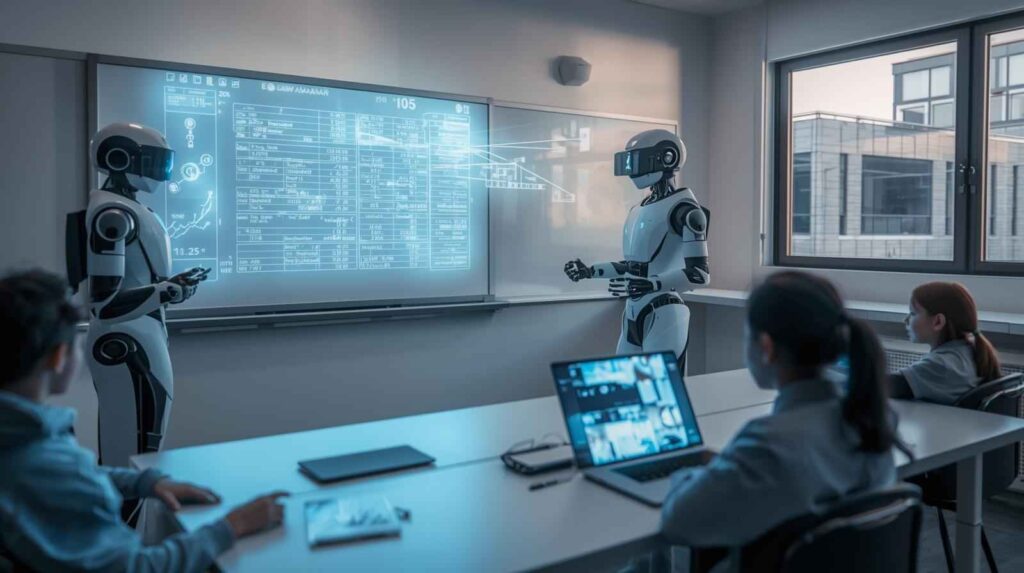
A Brief History and Evolution of Classroom Technology
Classrooms have always adapted to the tools of their time. The blackboard, introduced in the 1800s, was once a breakthrough. Overhead projectors, radios, and even televisions made their way into schools in the 20th century. The computer revolution of the 1980s brought digital literacy to the forefront, while the internet in the 1990s opened a global gateway of knowledge.
Fast forward to today, and we’re dealing with AI tutors, VR-based science labs, and digital textbooks that adapt to each student’s learning speed. What started as small additions to traditional teaching methods has now become the very backbone of how classrooms operate.
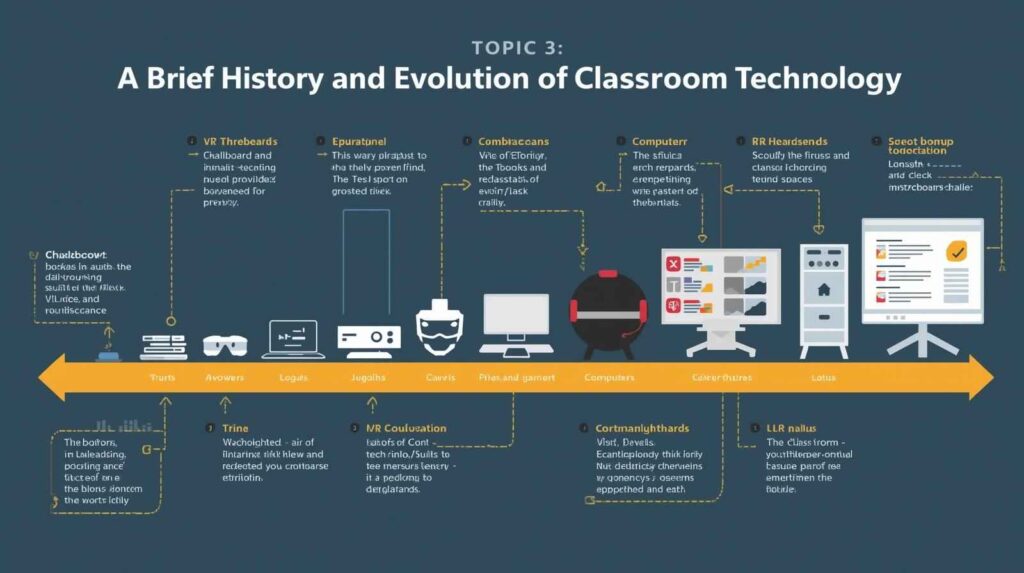
Why Elite Technology Matters in Education
Technology isn’t just about convenience; it’s about access, inclusivity, and relevance. In elite classrooms powered by advanced tools, students can:
- Learn at their own pace through adaptive platforms.
- Explore concepts through immersive simulations.
- Collaborate in real time, even with peers across the globe.
- Gain digital skills that are essential in modern careers.
For teachers, elite technology reduces repetitive tasks, provides data-driven insights, and frees up time for personalised interaction. The result? A classroom that feels less like a rigid structure and more like a collaborative hub of discovery.
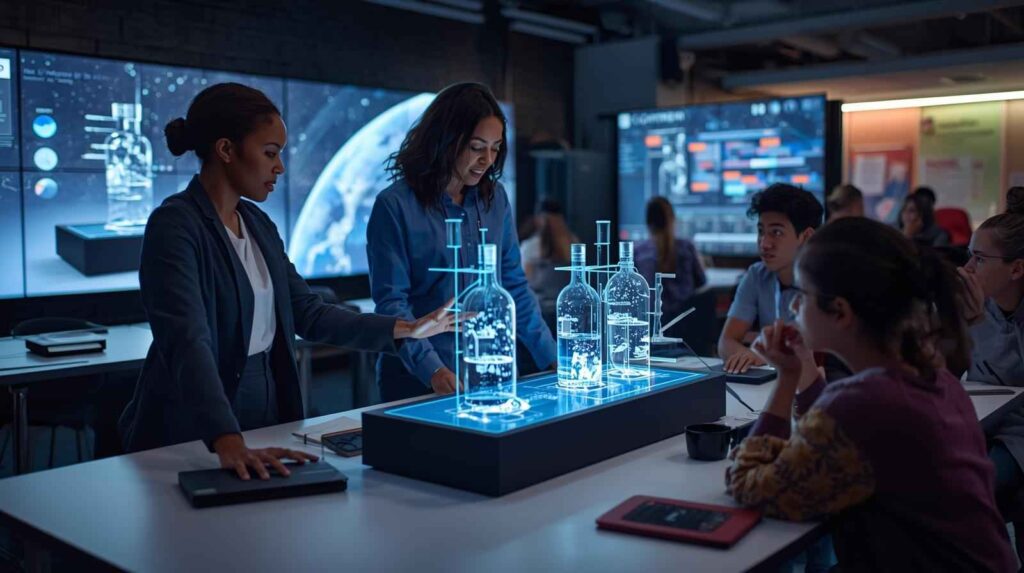
Core Elements of Elite Classroom Technology
1. Smartboards and Interactive Displays
Replacing traditional whiteboards, these allow teachers to present interactive lessons, videos, diagrams, and real-time quizzes. Students can touch, drag, and contribute directly on the screen.
2. Artificial Intelligence (AI) Tools
AI platforms analyse student performance, identify learning gaps, and recommend personalised resources. Imagine a digital assistant that tracks a student’s strengths and weaknesses better than any grade book.
3. Virtual and Augmented Reality (VR/AR)
A history lesson becomes a trip through ancient Rome. A biology class turns into a 3D exploration of human anatomy. VR and AR bring abstract ideas to life in ways no textbook ever could.
4. Learning Management Systems (LMS)
These platforms (like Google Classroom or Moodle) organize assignments, assessments, and resources in one digital hub. They also streamline communication between teachers, students, and parents.
5. Gamification Tools
Learning apps with points, badges, and leaderboards make studying fun. Students get motivated not by grades alone but by interactive challenges and rewards.
6. Data Analytics in Education
Behind the scenes, technology collects insights about how students learn, what slows them down, and what excites them. Teachers use this data to adjust teaching methods in real time.
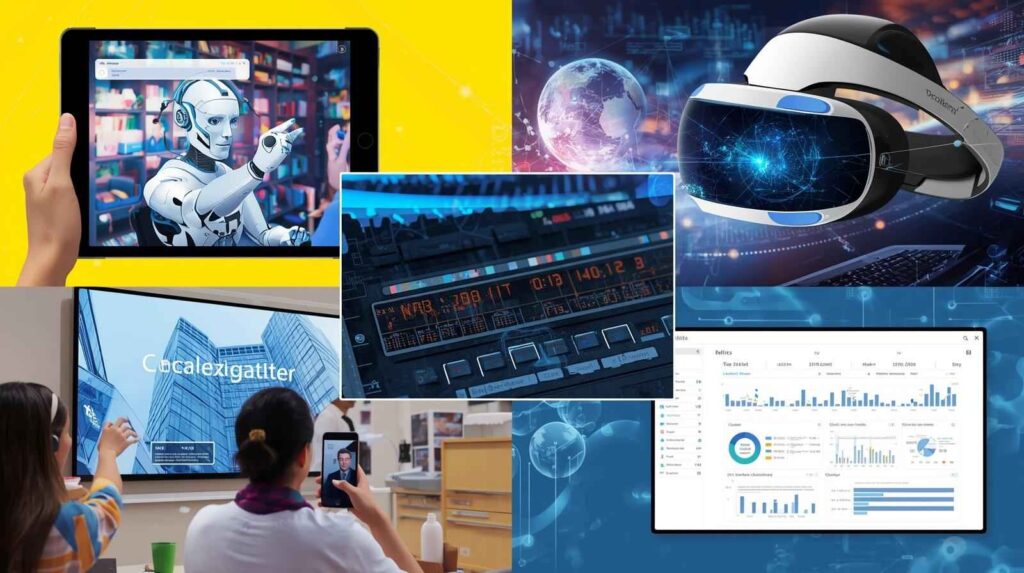
How to Implement Elite Technology in Classrooms
Step 1: Assess Needs First
Not all schools need VR headsets or AI tutors right away. Start by evaluating what challenges your students face. Is it engagement? Accessibility? Communication? Match tools to real needs instead of chasing trends.
Step 2: Start Small and Scale Gradually
Introduce one or two tools at a time. A single LMS can transform organization. A set of tablets can make research projects more efficient. Scaling gradually ensures smoother adoption.
Step 3: Train Teachers and Staff
Technology is only as effective as the people using it. Provide training workshops, share best practices, and encourage teachers to experiment with new methods without fear of failure.
Step 4: Encourage Student Feedback
Students are quick to adapt but also quick to notice what doesn’t work. Ask them for feedback on new tools. Their perspective ensures technology serves learning rather than distracts from it.
Step 5: Ensure Equity of Access
Elite technology loses its value if only a handful of students can benefit. Schools must address affordability, accessibility, and inclusivity to ensure no one is left behind.
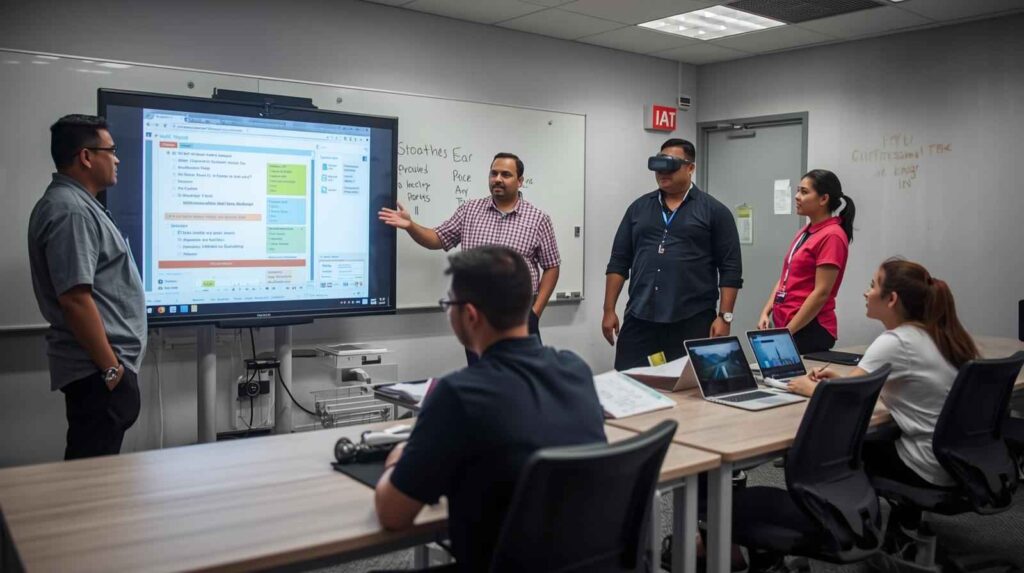
Challenges and Misconceptions
- “Technology replaces teachers.” Not true. It enhances their role by handling repetitive tasks and enabling more personalised interaction.
- “Elite tools are too expensive.” Many innovations are scalable, with affordable versions and open-source options. Grants and community partnerships often help too.
- “Students get distracted by gadgets.” When used with clear purpose and structure, technology keeps students engaged rather than distracted.
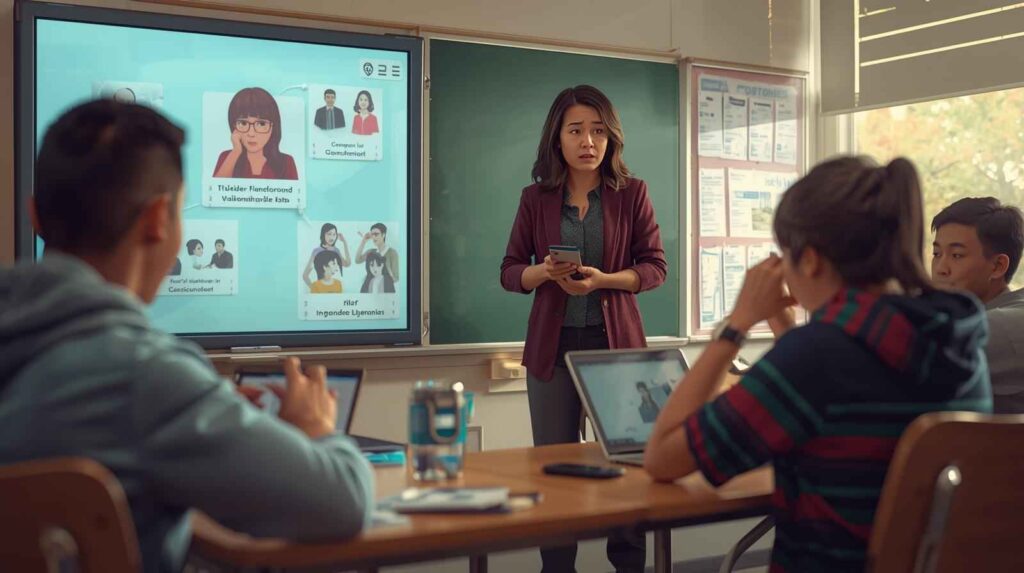
Practical Applications of Elite Technology
- Science Labs in VR – Students conduct virtual experiments without expensive lab equipment.
- History Classes with AR – Ancient maps and timelines come alive through augmented visuals.
- Mathematics with AI Tutors – Adaptive software offers personalised exercises based on student progress.
- Language Learning Apps – Real-time translation and gamified vocabulary challenges boost fluency.
- Collaboration Platforms – Students co-create projects with peers globally, building cultural exchange and teamwork skills.
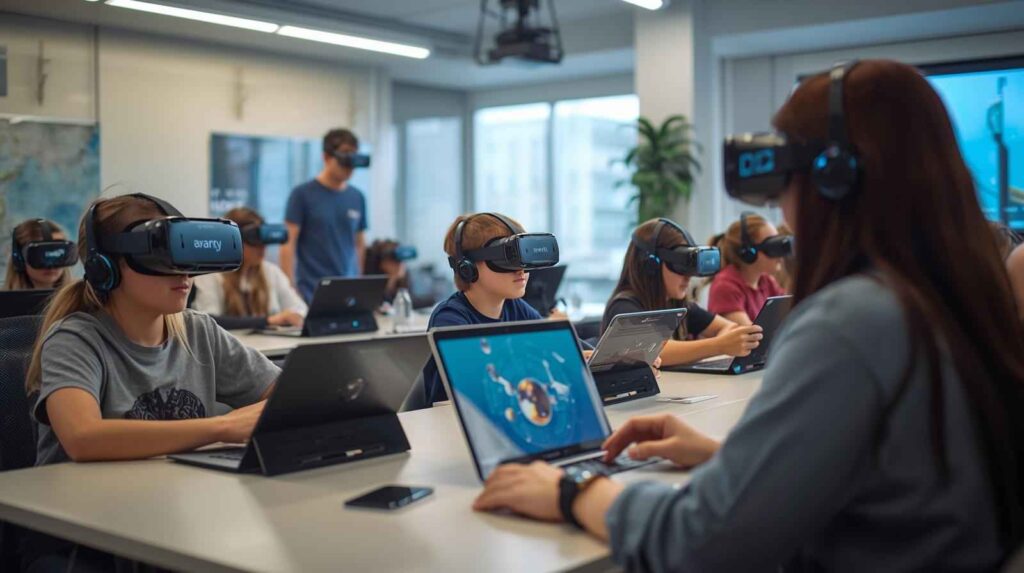
FAQs
1. What does “elite technology” mean in classrooms?
It refers to advanced digital tools, like AI, VR, and smartboards, that enhance teaching and make learning more interactive and personalised.
2. Do schools need huge budgets to adopt elite technology?
Not always. Many solutions are scalable, affordable, or available through partnerships and grants. Schools can start small and expand gradually.
3. How does technology improve student performance?
By offering personalised learning, real-time feedback, and interactive methods, students grasp concepts faster and retain them longer.
4. Will technology eventually replace teachers?
No. Teachers provide guidance, empathy, and critical thinking support that no machine can replicate. Technology is a tool, not a substitute.
5. How do teachers adapt to elite technology?
Through training workshops, peer collaboration, and gradual exposure. Many tools are designed with simple interfaces to encourage easy use.
6. Is there a risk of over-reliance on digital tools?
Yes, but balance is key. Technology should support, not dominate, the learning process. Human interaction remains central to education.
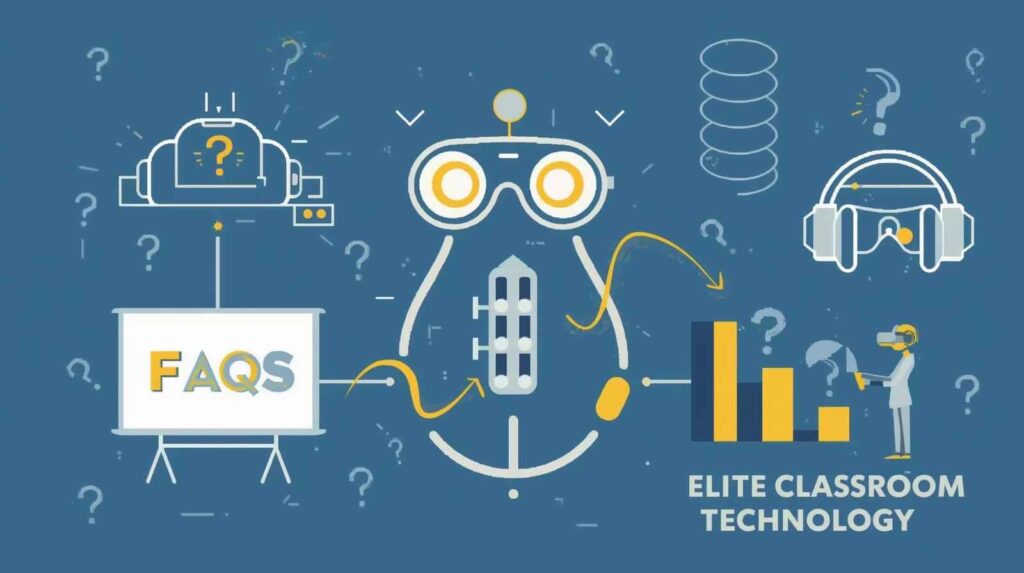
Conclusion
Elite technology for classroom innovation is not about shiny gadgets; it’s about creating learning environments that prepare students for the world ahead. From smartboards to AI tutors, the tools available today can make education more personalised, engaging, and impactful than ever before.
The real challenge isn’t whether technology works; it’s how schools choose to adopt it. By starting small, involving teachers and students, and ensuring equity, classrooms can unlock the full potential of these innovations.
I’ve seen firsthand how a single tool can shift the energy in a room and spark curiosity in students who otherwise struggled. Multiply that effect across schools worldwide, and the result is nothing short of transformative.
The future of education won’t be about choosing between tradition and technology; it will be about blending them. Elite technology makes that future possible today.
